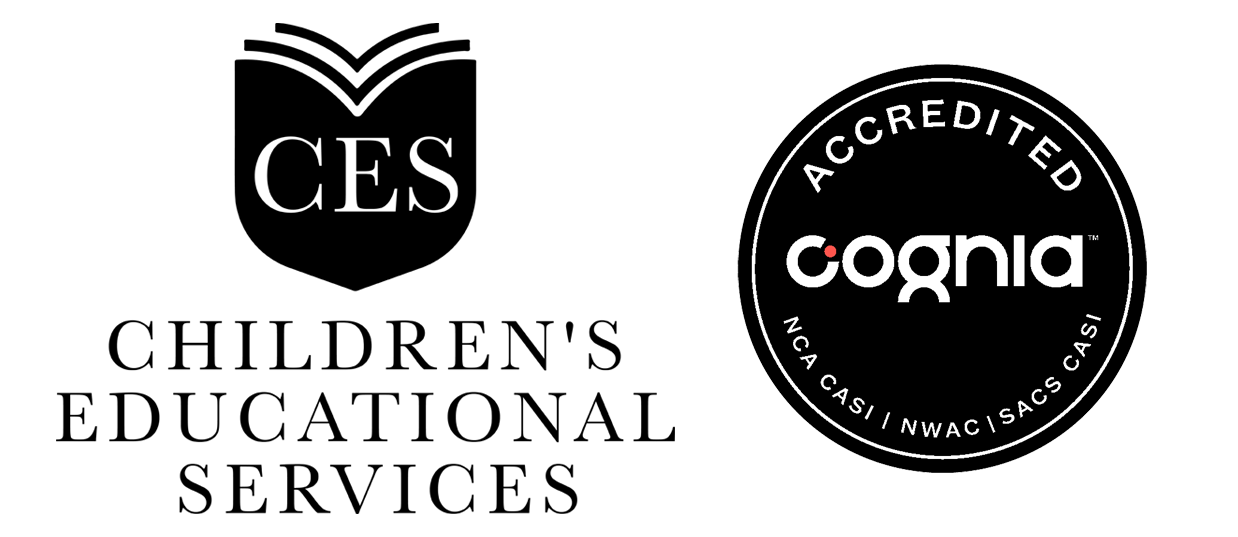
As you know, reading is a fundamental skill that we all use every day of our lives. From reading the mail to a food menu, to reading your text messages and email, there is no escaping it, reading is everywhere. This makes the development of proficient reading skills for primary learners even more essential — not only for their academic success but for their daily lives as well.
Unfortunately, reading can be a skill that many children struggle to master. In order for all of our students to be confident readers, we as teachers can provide our students with a few effective teaching strategies for reading. By implementing these teaching strategies, we are giving our students the tools that can help them succeed. Here are five of the most effective teaching strategies for reading that elementary teachers can use with their primary learners.
1. Graphic Organizers as Teaching Strategies
Graphic organizers are incredible teaching tools that have been used in the classroom for decades. Even before all of the new, fancy organizers, teachers would ask their students to fold their papers in half and use the two sides to compare and contrast content. Educators like the fact that graphic organizers enable students to visually see the connections they are reading.
There is no doubt that each student in your classroom absorbs information in a different way. With a classroom full of diverse learners, a graphic organizer can help to address each individual’s needs. While one student may benefit from using a Venn diagram, another may benefit from using a semantic map.
There are a several different graphic organizers to choose from, such as KWL charts to sequencing events. You can even create your own to suit the needs of the concept or student.
2. Incorporating Technology
Many teachers can confidently say that they have not come across a student that didn’t like to use technology. Technology has become such an integral part of all of our lives that it would seem like a disadvantage not to use it as a reading strategy in the classroom. Aside from the obvious choice of utilizing a tablet so students can read and play games within the apps, there are many other pieces of technology that can help students excel at reading. There are websites like PBSkids.org that offer a variety of different reading games with characters the students are familiar with. There is also Seussville.com, which offers students interactive games that bring the Dr. Seuss characters to life. In addition to apps and websites, there are activities that you can use on your Smartboard as well.
The inherent understanding that our students have for technology and the way that they all excel so quickly about all things technology makes integrating it as a reading strategy extremely engaging.
3. Activating Prior Knowledge
As you know, when you get your students to connect what they are learning to something that they already know, there is a better chance that they will understand it better and remember it longer. To help activate students’ prior knowledge, try asking them a few questions: “What do you know about this topic?” and “How can you relate this to your own life?” These types of questions help students personally connect to the text. When children care about something, they become more connected to it, which in turn helps them excel academically. Here are a few more questions to help students connect with their text.
- What event in your life does this text remind you of?
- How can you connect the text to something that happened in the past?
- Do any of these characters remind you of anyone you know?
- Does this topic remind you of anything or sound familiar to you?
4. Using a Word Wall
A word wall is much more than just a classroom display; it’s an effective strategy that can help promote literacy for primary learners. Teachers not only use them to help enhance the classroom curriculum but to provide students with reference and support, to teach essential language skills, and to help students learn site words and patterns. Besides being a direct visual that students can reference throughout the day, teachers use word walls by incorporating various activities. Here are a few favorites.
I Am Thinking of a Word – Start with the phrase “I am thinking of a word that …” Then give students clues as to what word you are thinking of. Students must use your clues to determine what word you are thinking of from the word wall.
Spell-A-Shape – For this activity, the teacher would dictate several words from the word wall. When saying a word, the teacher would orally clap or snap for each word that he/she says. Then, the teacher would select a shape (heart, circle, and square) and have students draw this shape on their paper and write the words that were dictated from the word wall repeatedly around that shape.
The Hot Seat – One student is chosen to pick a word for the word wall. Then the other students in the class ask that student questions to try and figure out the word.
5. Student Choice
One of the best reading strategies that you can choose for your students is the ability for them to have a choice in what they read. This is the most effective strategy to get your students to want to read. When you give students a voice and a choice, then they will choose something that is of interest to them. This makes it more likely that they will be motivated and engaged to read the book until the end. Start by asking questions to find out what the students interests and hobbies are. Then you can direct them to the section of books that you think they will be best suited for.
Source: TeachHub


